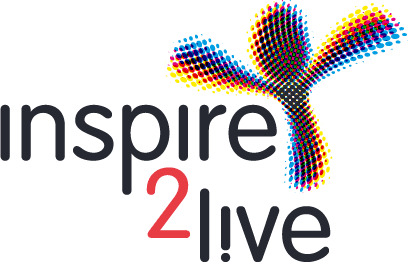In the fifties and sixties quite a lot of westerns were produced. When an Indian had to be shot off his pony, the director shouted: “Go get an Indian”. This is also the feeling that we have when research is described or a trial constructed and the patient has still to be thought of: “Go get a patient”.
More and more investors in research ask if there has been communication with the patient for the research to be carried out. Patient participation is a frequently heard term and it is getting more and more important. But mind you, we patients do not want to participate in “your research”. We want to confer with you first to determine what research has to be done. After that we want to write the research proposal together with you. When this is ready, there is no question if we want to participate in ‘your’ research. Of course, we will participate in ‘our’ research.
The relevance of a lot of research can be questioned. Is that 76thDutch research into lymphoma really so relevant? Has it been checked if this research might have taken place in other countries? The Netherlands are good, but so are other countries and the results there can be translated into treatment here. That saves time and money. How much research is done into, let’s say, T-cell lymphomas? It is a rare disease, it has a badprognosis, and there is almost nothing for these patients? Why? Because there is not much revenue and profit to make?
How about multiple myeloma? It is nice to do applied research and save the life of a mouse, but why, after phase 2, don’t we leave phase 3 for what it is and don’t we experiment responsibly with these patients with an ‘unmet medical need’, register very well what is happening and share this internationally? That saves time and that is what patients want, if informed well by their doctor. And in solid tumors: why don’t we research the pain connected to pancreatic cancer? If we can take away the pain, we give these people 6 to 12 months’ longer lives, with good quality. Is this because ‘pain’ cannot be patented?
Relevance of research cannot be determined by researchers only. It can be determined by patients, clinicians and scientists together, though. This is not new. It has been done successfully for some years at the Dutch Cancer Society. Between 2006 and 2013 very meaningful and successful projects like ‘Fast track diagnosis’ (24 hours diagnosis), A-Care (rehabilitation) and ‘Surgery without incision’ have been established cooperatively. And what to think of professor Jelle Barentsz’ imaging project with nanoparticles. This is going to change radiology fundamentally. At the moment we see in the Netherlands that it is possible in research of children’s oncology. There the cooperation between patients (the association of parents of children with cancer) clinicians and scientists is as it should be: on the basis of equivalence. These are examples of intensive cooperation between the aforementioned stakeholders. The question was always: What is the benefit for the patient? And those involved could answer this together very well.
Dear cancer organizations: do not approve of research that is not communicated with and approved by patient advocates. They really have the knowledge. In our organization we have for an example, molecular biologists as patient advocates. The relevance of the research will increase. As long as we are not at the table where the talks take place and have to leave the room after our ‘advice’ and the decisions are taken by ‘wise’ men, we are on the menu. That does not feel good.
Peter Kapitein June 20th, 2018
Never ever quit!
